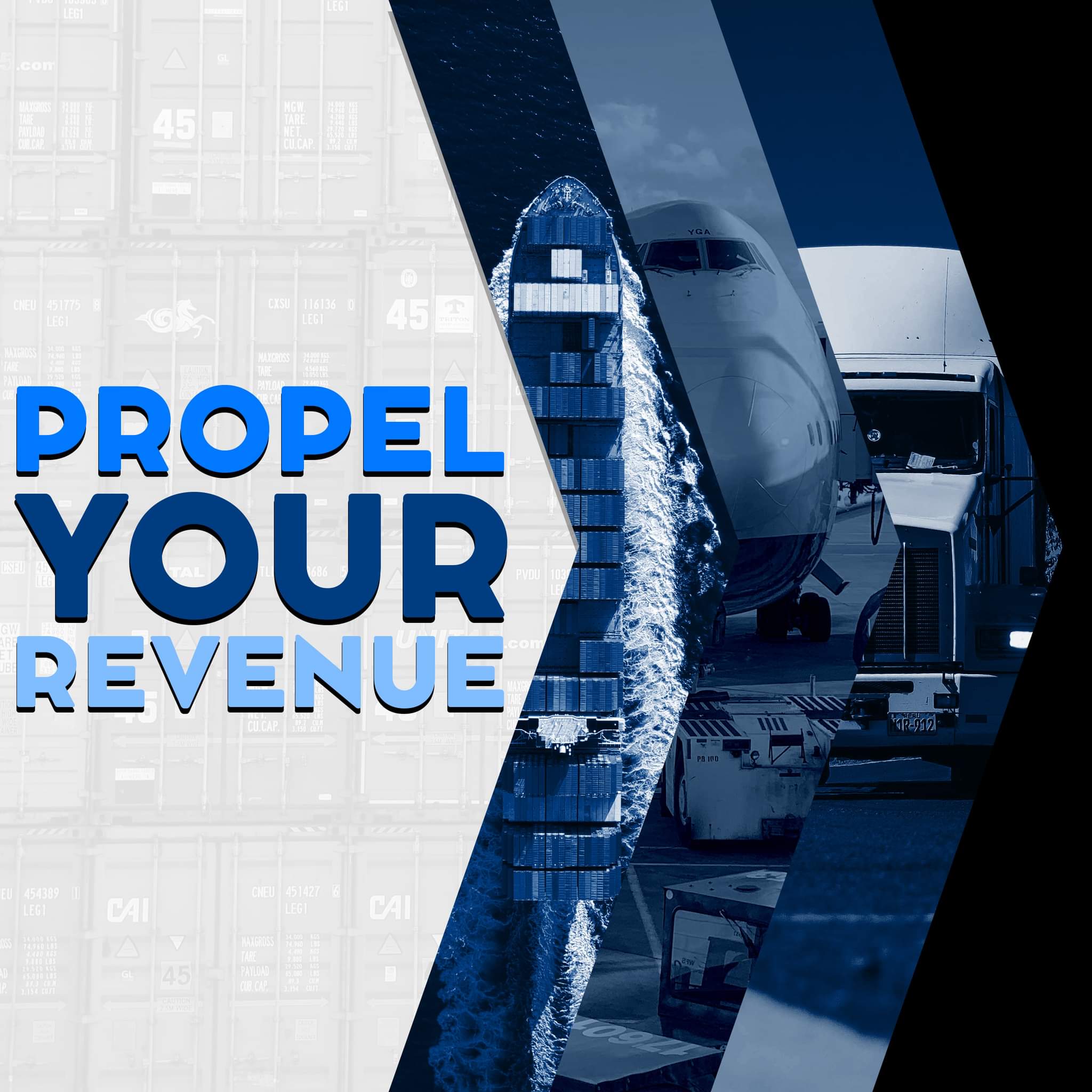Driving Higher Cargo Yields Via Technology, with Alexander Nowroth
The logistics industry has seen very little innovation in the past 40 years. New data streams, innovative business models, more automated processes — all of these can drive higher yields and lower costs. Yet embracing innovation is far from the norm. Why? How can we change this?
Alexander Nowroth, an industry veteran and sales strategy consultant, brings a fresh perspective on how carriers and forwarders can escape the status quo. He and host Judson Rollins discuss the factors that make innovation difficult and contrast this with how industry leaders like Maersk forge ahead with more profitable ways of doing business.
What You Will Learn In This Episode
- How carriers and 3PLs can drive innovation internally rather than wait for tech startups to disrupt them
- How “mistake avoidance culture” traps industry insiders in obsolete technologies and processes
- Why Maersk stands out from its peers as an innovator
- Why the global logistics market is so fragmented
Money Quotes
- “A lot of 3PLs have made fantastic revenues and profits over the last one to two years … so now, where did they go from here? [They need] to ask themselves, “what could be additional revenue streams, additional products, that I could develop from an innovative mindset? And number one is “what hidden needs do my key customers have?” … That’s an advantage the carriers and the tech companies don’t have yet. Yes, they may hunt for market share, but they don’t really have the knowledge about these customer needs and these hidden needs.” [4:41 – 5:21]
- “A lot of shippers say, “yes, the front end is nice, we love the tools. But if the freight doesn’t get there in time, I don’t care about your fancy IT system, I don’t care about your fancy apps. But what is your contingency plan if something goes wrong?” I think that’s the biggest Achilles [heel] of a lot of these tech firms: the back end … is very much manually driven. In fact, it’s a lot more manually driven than even the established 3PLs.” [27:02 – 27:29]
Additional Resources
- Alexander’s book: https://a.co/d/6ZQJeEY
- Lebenswerk Consulting: https://www.lebenswerkconsulting.com/en/
- Alexander’s LinkedIn profile: https://www.linkedin.com/in/alexander-nowroth-40300255/
- Judson’s LinkedIn profile: https://www.linkedin.com/in/judsonrollins
